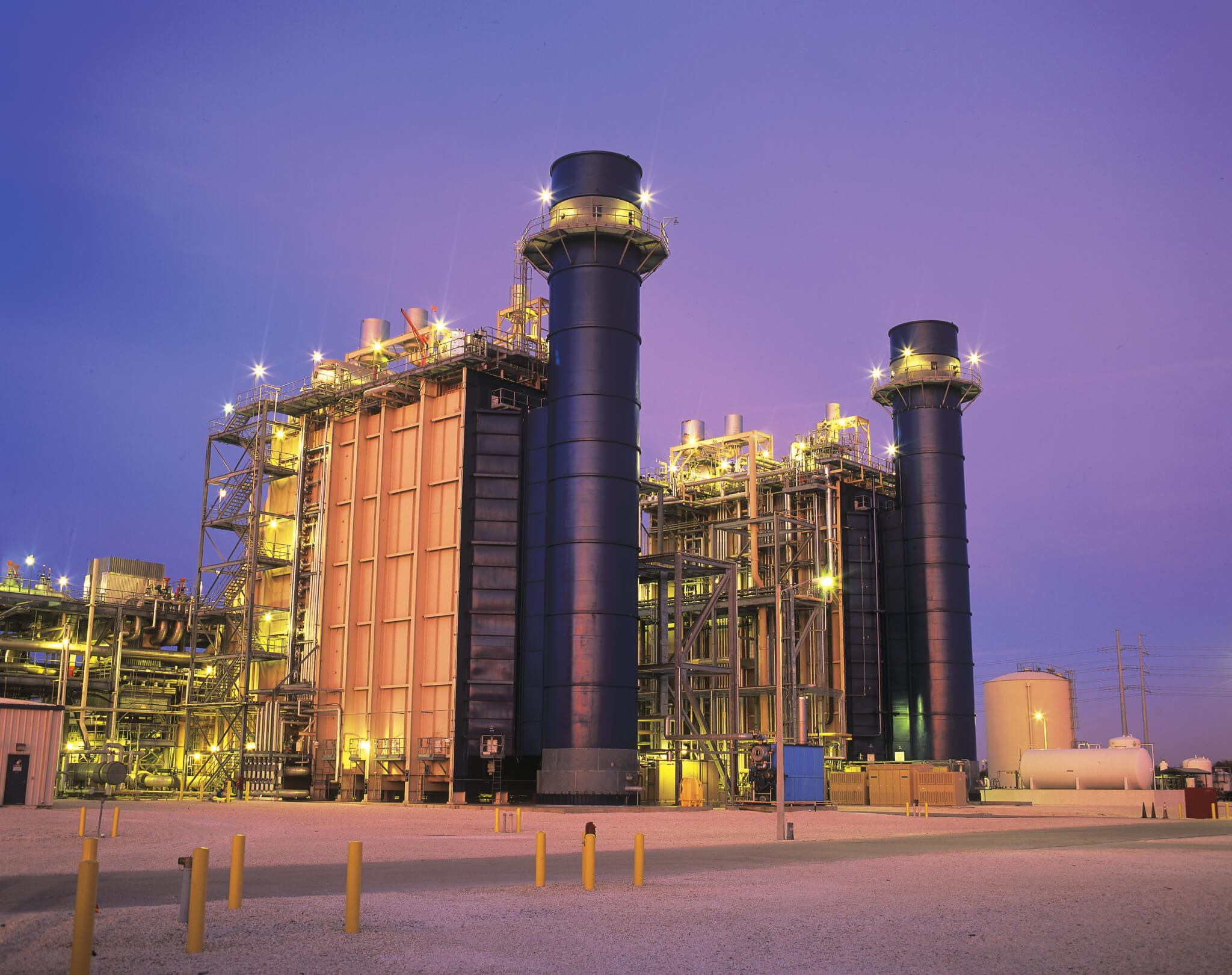Duke Energy Supports Economic Development in Polk through Site Readiness
Duke Energy does more than just supply electricity to homeowners and businesses – it also supports economic development in the counties it serves by preparing sites to be sold and built on.
“The value of each site is highly dependent on the user’s specific needs,” said Chris Wimsatt, manager of Real Estate Product Development for Duke Energy Florida. “At the macro level, all of the sites benefit from the ever-growing Central Florida market and the proximity to both the Tampa and Orlando markets. Also, each site has been through our Site Readiness Program, so each property can offer valuable due diligence site information to a potential end-user or developer interested in moving forward on the site.”
Wimsatt said the Polk County sites currently being featured are:
- Hacklake/Fort Meade. “The site offers highway and rail accessibility, utilities in place, ample power, no significant environmental or site impediments, expansion possibilities and a supportive owner,” he said.
- Pebble Ridge/Frostproof. “The site offers almost 500 acres, highway connectivity, supportive utilities, CSX rail, no significant site impediments, expansion possibilities and a supportive owner.”
- Frostproof Business Park. “The site offers significant power availability, very buildable site free of impediments, adjacent rail and good access.”
- Lake Wales Manufacturing Center. The site offers more than 1,000 acres, adjacent rail, support utilities, power availability, and an airport
- Lorenz-Haines City Industrial Park. The site offers electric, and water, wastewater, natural gas and telecom/fiber are nearby. Two major highways, two ports and Orlando International Airport are within 90 miles.
Duke Energy has a total of 35 properties that have gone through the site readiness program in Florida, Wimsatt said. Some have since developed and some are in the process. And the company is always looking for more sites. Duke is “working on a number of opportunities around the state. We plan to complete four to six additional site readiness sites this year.”
Duke’s three pillars — site readiness, business recruitment and economic development — show the company’s reach and willingness to help attract high-skill, high-wage jobs to the six states in which it operates – Florida, South Carolina, North Carolina, Ohio, Kentucky and Indiana. Duke has been named one of Site Selection magazine’s top Utility Companies in Economic Development for 15 years in a row.
The Importance of Site Readiness
The company uses its Site Readiness program to identify, assess, improve and increase the awareness of sites to determine the infrastructure, natural gas, water, sewer, electric — everything a company needs — in place so a company can begin to build almost immediately.
Site preparation is so important in today’s marketplace for two main reasons, Wimsatt said:
- “The first factor has to do with time, as the typical project timeline is much shorter now than it used to be. Historically, companies would look four to five years out when locating a new industrial facility. The process would involve a multitude of site visits, in-person local research and numerous meetings. Today’s process is much quicker given the availability of desktop research tools. It’s not uncommon today that a company plans to be operational in 18 to 24 months from the initial conversation for a build-to-suit project. Given that site construction can easily take 12 months, companies will simply move past sites that aren’t ready to be developed. Additionally, being proactive allows the local utilities and communities a chance to develop a service plan in order to service a site prior to a development.
- The second reason has to do with risk. “Our site readiness program completes a technical analysis, a market analysis and an organizational analysis on each site, thus limiting the unknowns that can extend timelines and budgets.”
Site preparedness does not mean all the physical site development is complete, he said, “but rather having a clear understanding of what needs to be addressed to develop a property when needed.”
Economic Development
Duke Energy “truly feels we are partners within our local communities, and we try to fill gaps wherever possible as it relates to economic development.” In fact, his team has grown to provide additional support to communities. “The business of economic development is very decentralized, meaning that the success of the initiative relies heavily on the partnerships that lie within the network.”
The company works with state, regional, and industry partner organizations to facilitate new jobs and capital investment in Florida, Wimsatt said. “Ultimately, our partners’ successes will lead to our success, as well, and a prosperous state.”
Wimsatt said communities involved in site selection understand its importance. “Understanding the process of site selection can help a community focus on its strength and weakness, as well as guide the conversation relating to its goals and ambitions moving forward. The process and tools used today within the site selection industry can help leadership take a very data-driven approach to the business of community development.”
CFDC President & CEO Sean Malott said the CFDC is a grateful partner. “The Central Florida Development Council appreciates all the work Duke Energy Florida puts into preparing sites for future tenants. Their legwork helps us attract companies that are ready to do business in Polk County now.”
The Future
A number of trends are developing within the site selection industry, Wimsatt said. A couple prominent topics are:
- “The process continues to be very workforce driven,” he said. “Typically, this analysis and many other business operational topics are researched prior to a real-estate search.”
- “Reshoring continues to accelerate at the macro level,” he said. “Companies are shifting from ‘just-in-time’ manufacturing to ‘just-in-case’ manufacturing due to world instability. The result has been an influx of industrial activity in the U.S., which we are realizing today.”
- “Mega-sites and mega-projects are becoming more common. These multibillion-dollar projects involve over 1,000 acres each and have significant utility and workforce needs,” Wimsatt said.
- “Increased power demand continues to accelerate,” he said. “While green tech has certainly become a common topic, the overall power demand has increased as vehicles and buildings continue to automate.”
Despite the changes, the bedrock foundational elements still remain true today, he said. The winners typically are:
- Communities that prepare.
- Organizations and partners that work well together.
- Communities that are clear about who they are, what they can offer and what industries they want.
“It is for these reasons,” he said, “that Duke Energy continues to be proactive, work with our partners and continue to support them with their economic development efforts.”



